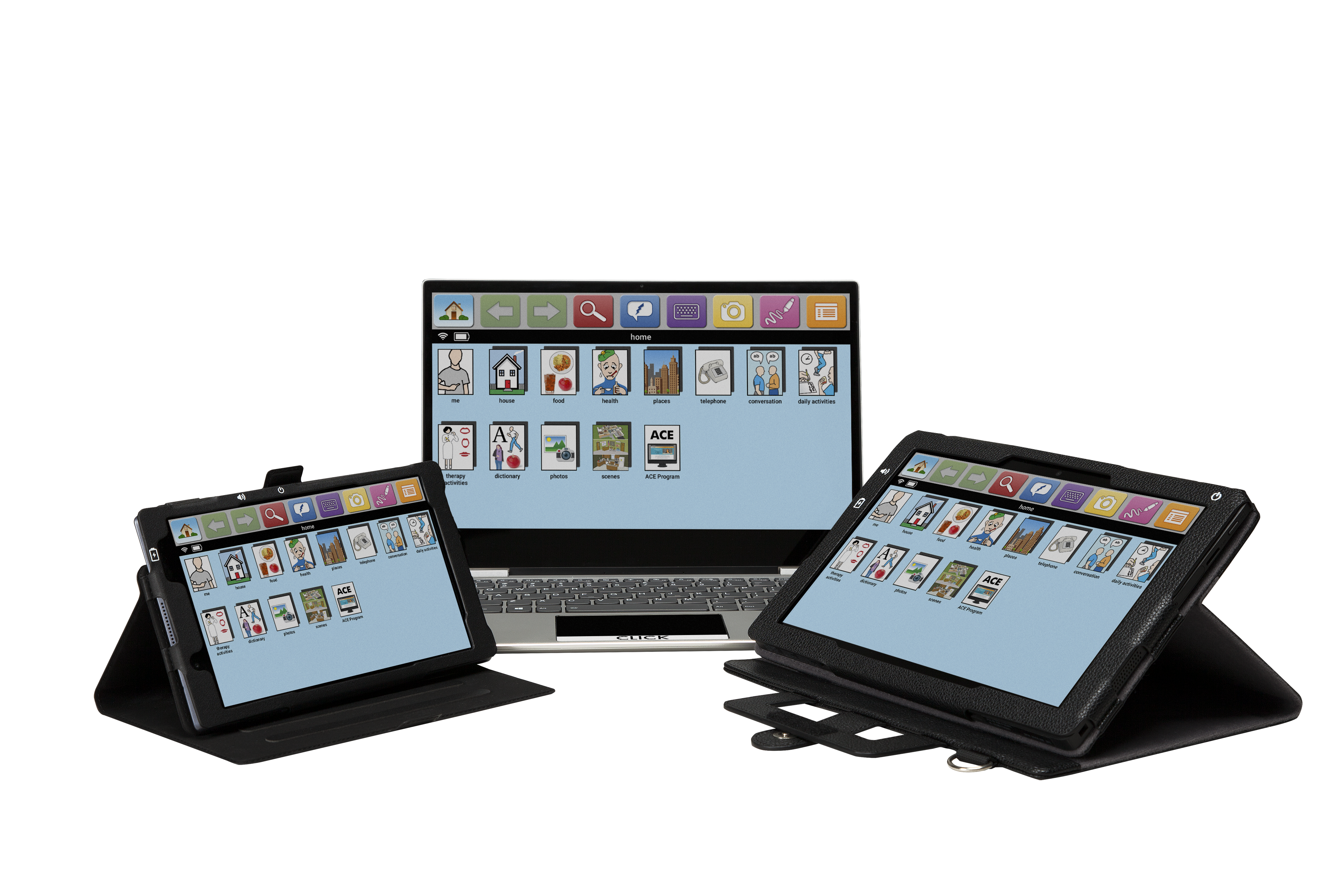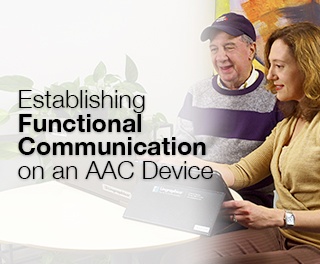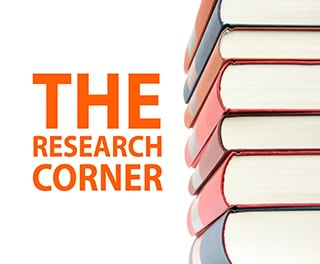Did you know nearly half of the 800,000 people diagnosed with aphasia annually will never fully recover functional communication? In a recent whitepaper, Aphasia Access estimates that as many as 2.5 million Americans currently live with aphasia. This is a staggering number of individuals struggling with daily communication and based on other variables — fatigue, comorbidity, and stress — are susceptible to frequent communication breakdowns. As speech-language pathologists (SLPs), our job is to assist with daily communication by arming individuals with tools that will help them augment or replace verbal speech.
Get the latest news, updates, and tricks from the Lingraphica team. Our clinical, reimbursement, and marketing teams will bring you the most up-to-date information about aphasia, speech therapy, stroke rehabilitation, and communication disorders. Check back often for new content!
Audi Cathcart, MA, CCC-SLP
Recent Posts
The expectations of speech-language pathologists (SLPs) and clinicians today are higher than they’ve ever been before. With new challenges like increased productivity expectations, additional documentation, as well as the ongoing challenges of dealing with therapy caps, authorizations, and scheduling, SLPs often wonder how to add high-tech augmentative and alternative communication (AAC) to their to-do list.





.png)